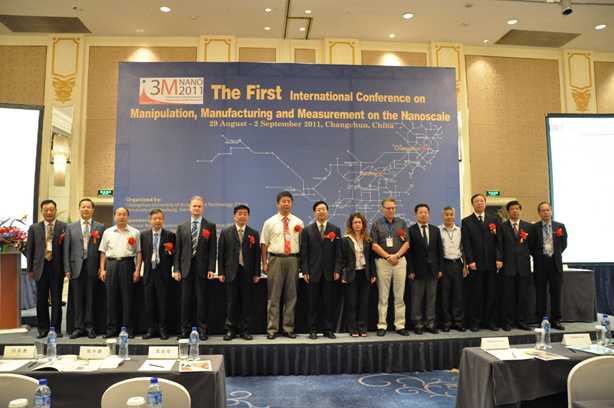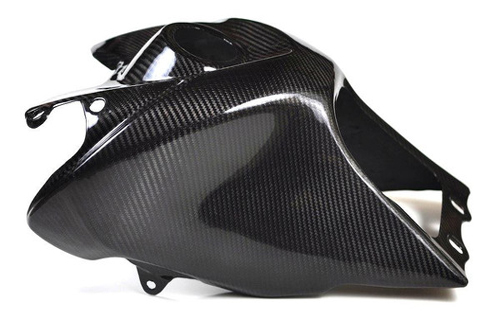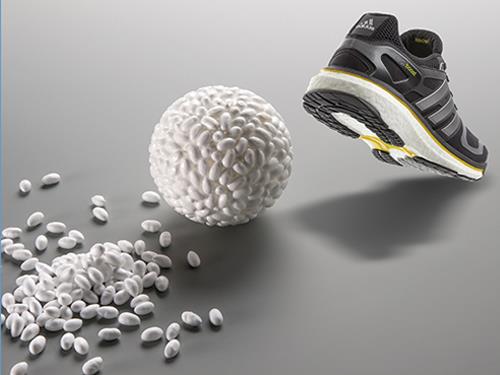The injection molding process was invented in 1872 and has slowly grown to the point where, in 2020, plastic injection molding may be found in a wide range of industries, from aerospace to packaging to children’s toys. Despite the fact that injection molding, mold-making, and plastics have been around for a long time, the sector continues to evolve in reaction to new technological advancements, market disruptions, and other social and economic variables. According to Reports and Data, the global injection molded plastics market size was USD 265.2 billion in 2020 and is expected to reach USD 390.4 billion in 2028, registering a CAGR of 4.6% over the coming 7 years. Quite a few factors will be driving the growth witnessed in the injection molded plastics market. A few of them have been summarized below:
Plastic Injection Molding for Medical Devices Will Increase
The medical industry is replacing metal components and whole equipment with plastic injection molded items for a variety of reasons. Medical tubing, such as catheters and syringes, implants, tools, diagnostic equipment, and braces and prostheses are just a few of the things that are making the transition to plastics. Each product provides more regulatory compliance and access to a market that is limited by metals. There are virtually limitless design possibilities, few manufacturing side effects, and a wide range of biocompatibility and recycling alternatives available with plastic. More items are expected to switch to plastic injection molding, and more manufacturers will provide support to the medical business.
A Shift Toward Sustainability On A Global Scale
Sustainability is a crucial factor for every sort of manufacturing, but the plastics business has been studied in particular for its faults. Since 1950, the world has created 8 billion tons of plastic, of which only 9% has been recycled, leaving the remaining 91 percent to be burnt or piled up in landfills. Furthermore, manufacturing is projected to be responsible for 21% of all greenhouse gas emissions.
Manufacturing organizations have been inspired to analyze their operations and consider how they can decrease waste as a result of the emergence of the eco-conscious consumer and a broader societal change toward sustainability. This can involve things like running injection molding machines more efficiently to save energy, making goods made entirely of recycled materials, adopting renewable or hybrid power sources in manufacturing facilities, and being more conscious of material waste, among other things.
Although the sustainability trend appears to be positive, product teams must be aware of how it may influence their capacity to satisfy important project objectives. Recycled materials, for example, can have a negative impact on the end-physical parts and mechanical qualities.
Many recycled plastic filaments now on the market have quality difficulties, making it difficult to produce consistently high-quality parts from one production run to the next. In this scenario, the virgin plastic filament may be the best option for producing a clean, functioning item. Moving away from virgin plastic and toward a more sustainable future will take effort and research, but most industrial enterprises will find it worthwhile.
Behavior Changes Due to Technology Advancement
Many firms have had to change their employee work schedules, where they worked, or perhaps close entirely as a result of the implementation of social distancing rules. Many firms have discovered that by changing their behaviors and incorporating technology, they can continue to operate. There are now software packages that allow activities to be monitored remotely at any time and on any day of the week. Technology that allows for the ordering and delivery of nearly any product. Consumer purchasing habits have changed, and manufacturing practices have adjusted to keep up.
Demand for Lightweight Materials Is on The Rise
Consumers and manufacturers alike desire lighter products. Lighter parts often equate to better gas mileage or longer battery life in the automobile and aerospace industries. When it comes to medical device production, lightweight joint replacements and stents can significantly improve patient outcomes. Engineers and product teams should address weight considerations more readily in their design plans as the light-weighting trend coincides with the rising use of composite materials.
Automation Is Being Used More Frequently
Manufacturing automation, as well as the greater use of software, machine learning, and sophisticated analytics, are growing trends that are expected to continue in the injection molded plastics industry. Programing is easier today than it was in the past, resulting in shorter production cycles, less downtime, and more efficient maintenance. The injection molding process can also be better controlled using automation. If they haven’t already, manufacturers, engineers, and product teams should take the chance to employ software to advance mold-making and injection molding.
Insights into The Injection Molded Plastics Industry’s Future
The year 2020 was unpredictable and unprecedented. Some manufacturers, engineers, and product teams may be tempted to return to the status quo, but by grasping some of the beneficial changes outlined in the aforementioned trends, they can achieve greater results. Mold-making is about to be shaken up by automation, light-weighting, and a renewed dedication to ecologically friendly production.
Source: https://www.reportsanddata.com/report-detail/injection-molded-plastics-market
Author Bio:
Paroma Bhattacharya is a passionate content creator and has been a professional content writer for over half a decade. She is currently working for Reports and Data and possesses extensive knowledge in subjects related to healthcare, technology, banking, and a wide range of other industry verticals. Her articles focus primarily on balancing relevant data with engaging storytelling. She believes in providing objective facts to help people make important business decisions.







